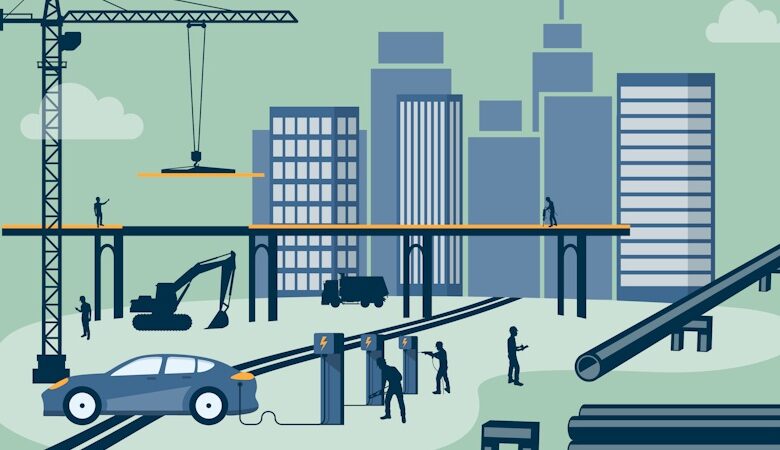Building the Future in Motion Investing in the Infrastructure of Movement

Movement is more than a physical act – it’s the invisible thread that holds economies, communities, and opportunities together. Every road, rail line, bike path, and shipping route represents a shared investment in connection. Yet, while we often celebrate technological innovation, the real engine of progress lies in something more fundamental: the infrastructure that keeps the world in motion.
The Foundation of Modern Mobility
Infrastructure is often taken for granted until it fails. We notice it only when a bridge closes, a delivery is delayed, or a network slows down. But beneath every smooth commute and successful shipment lies years of planning, coordination, and design. The highways that carry commerce, the ports that connect continents, and the digital logistics systems that map every journey are part of a vast, interdependent ecosystem.
When we invest in movement, we invest in people. A single new transit route can transform access to education and employment. A well-designed logistics hub can make small businesses competitive in a global market. And smarter infrastructure, integrating technology, sustainability, and efficiency, can dramatically reduce environmental impact while keeping economies strong.
Rethinking How We Move
Traditional transport systems were built for speed and volume, not necessarily sustainability or adaptability. But the modern world demands both. Investing in the future of movement means reimagining infrastructure not just as concrete and steel, but as a living network that evolves with human needs.
Today, this evolution is visible everywhere – from autonomous delivery fleets to smart highways that adjust to traffic in real time. Even smaller-scale innovations matter, such as shared transport routes that reduce empty miles and lower emissions. Services like South Glamorgan motorcycle transportation demonstrate how digital platforms can reshape traditional logistics. By connecting customers with drivers already travelling the same routes, they cut costs, save fuel, and optimise the entire system. This is infrastructure investment in its most agile form – built not with asphalt, but with information.
Building for Sustainability and Resilience
The infrastructure of movement must not only support growth but also endure change. As cities expand and global trade evolves, resilience becomes as important as speed. Climate-resilient roads, renewable-powered transport systems, and modular design approaches ensure that infrastructure can adapt to whatever tomorrow brings.
Equally crucial is accessibility, ensuring that the benefits of movement reach everyone. Urban bike networks, electric public transport, and rural logistics programmes are inspiring examples of investments that empower both people and the planet. The future depends on inclusivity: a connected world where mobility is a right, not a privilege.
Moving Forward Together
True progress happens when movement becomes seamless, sustainable, and shared. Investing in the infrastructure of motion isn’t just about building roads; it’s about building possibilities. Each improvement, from smarter logistics to cleaner energy, creates a ripple that strengthens the flow of life and commerce.
Movement is opportunity in action. And the more we invest in it – wisely, purposefully, and inclusively – the more we all move forward together towards lasting global progress.


